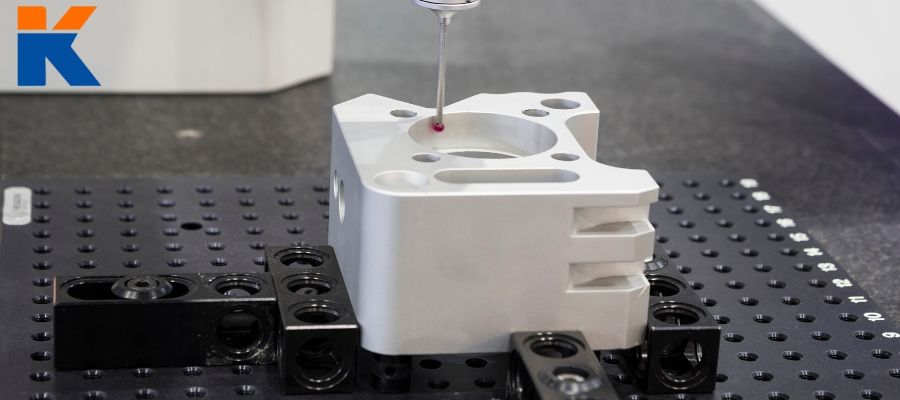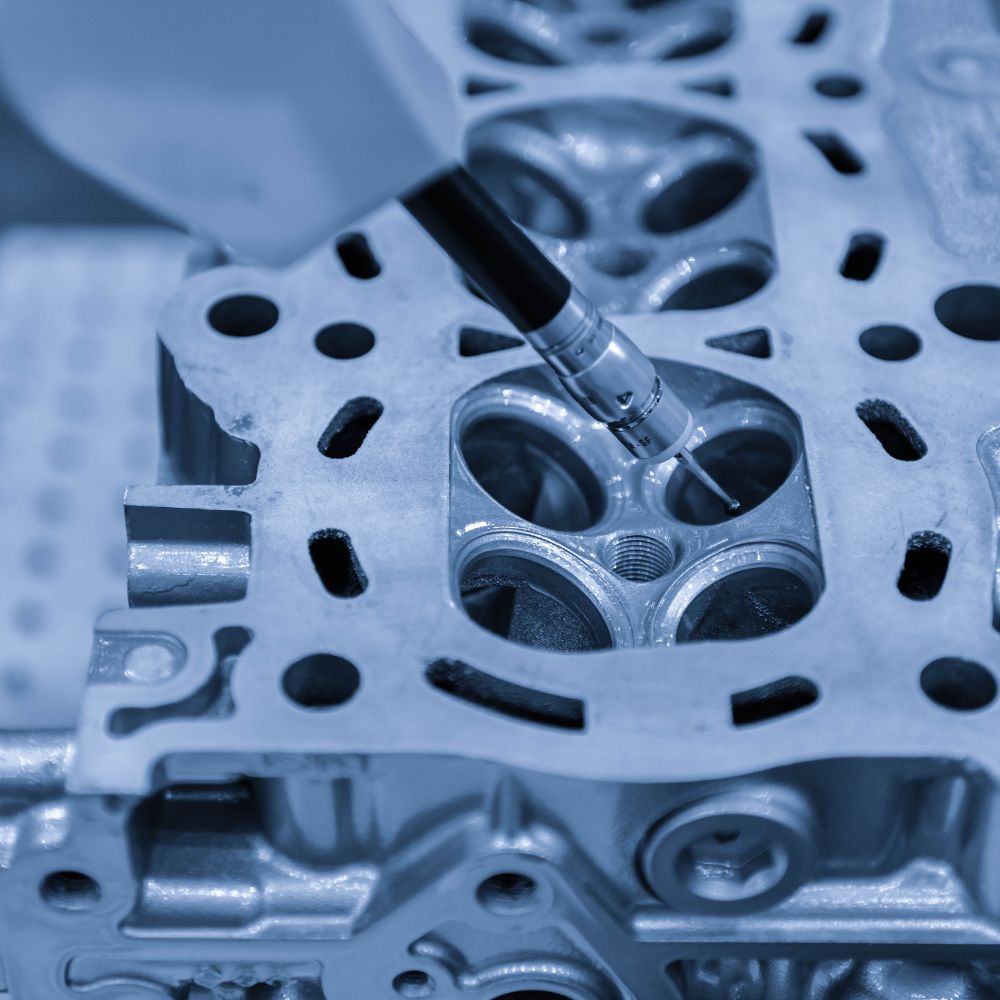The Definitive Guide for Aluminum Castings Company
Table of ContentsLittle Known Facts About Aluminum Castings Company.Rumored Buzz on Aluminum Castings CompanyLittle Known Questions About Aluminum Castings Company.Not known Facts About Aluminum Castings CompanyHow Aluminum Castings Company can Save You Time, Stress, and Money.Some Known Details About Aluminum Castings Company What Does Aluminum Castings Company Do?Aluminum Castings Company Things To Know Before You Buy
There are 2 primary types of die casting made use of in the light weight aluminum spreading sector: hot chamber die spreading and cold chamber pass away casting. The main distinction between these techniques is just how the molten steel is provided to the mold. In warm chamber die casting, frequently used for lower melting point metals, the fusion is straight connected to the machine, and a bettor requires the product via a gooseneck right into the die tooth cavity.
Aluminum Castings Company for Beginners
In these methods, the mold and mildew is purposefully destroyed or damaged away in order to extract the finished aluminum casting. Typical procedures under the category of expendable mold and mildew casting include (investment casting),,, and financial investment spreading. When making personalized light weight aluminum parts utilizing expendable mold and mildews, producers pour molten aluminum or light weight aluminum alloys right into the mold and mildew, which is after that busted apart to launch the strengthened steel component.
The is one of the oldest and most commonly previously owned forms of light weight aluminum spreading. It includes condensing specialty shop sand, often reinforced with clay or material, around a specifically crafted multiple-use pattern that establishes the form and internal information of the completed aluminum item. The pattern system integrates risers and vents to manage the circulation of molten metal and to prevent casting issues such as shrinkage porosity.
7 Simple Techniques For Aluminum Castings Company

This mold is after that preheated before the pouring of liquified aluminum or light weight aluminum alloy. As the metal fills up the covering, it records the complex information and fine surface area coating of the mold. Once cooled down, the ceramic is mechanically or chemically escaped, permitting the removal and splitting up of specific cast parts.
The Single Strategy To Use For Aluminum Castings Company
Permanent mold and mildew spreading makes use of recyclable metal molds and is suitable for automation with regular high quality and less waste. Expendable mold and mildew casting utilizes single-use molds, like sand or foam, check here supplying layout adaptability and lower tooling costs for prototypes or short runs. Pass away spreading is best for producing high volumes of light weight aluminum components that call for limited resistances, fine information, and smooth surfaces.
The Toshiba Equipment DC-J Collection consists of die casting equipments ideal for aluminum. Recognized for their durable building and high shot performance, these machines guarantee efficient and precise casting (Sand Molding).

While light weight aluminum can be made use of in its pure form, it is frequently alloyed with various other metals to enhance its residential properties or the residential or commercial properties of the other metals. These alloys offer enhanced efficiency for numerous applications. Aluminum alloys are classified into eight series, numbered from one to 8. The very first digit(s) of the number show the primary alloying component combined with aluminum.
The 6-Second Trick For Aluminum Castings Company
This alloying boosts the strength and solidity of aluminum yet reduces its ductility and rust resistance. The 3000 series alloys are mainly alloyed with manganese.
Additionally, it features high ductility and an extremely smooth ended up surface area. The 4000 collection alloys are alloyed with silicon, which reduces the melting point and improves fluidity. This makes it a prominent choice for spreading, as it is very easy to create in its liquified state. The 4000 collection is likewise generally made use of as a filler for welding and brazing applications.
An Unbiased View of Aluminum Castings Company
This collection is classified as a high-strength alloy, specifically suited for sheet and plate applications due to its superb weldability. Its resistance to corrosion from acids and antacid makes it perfect for use in rough and aggressive settings (Sand Foundry). The 6000 series alloys are alloyed with both magnesium and silicon, supplying an equilibrium of strength, mechanical residential or commercial properties, and rust resistance
Handling the 6000 series calls for specialized and sophisticated tools, which can be complicated and expensive. This collection is recognized for its excellent corrosion and oxidation resistance, as well as its simplicity of finish, treatment, and workability. The 7000 collection aluminum alloys are the greatest and most resilient amongst aluminum kinds, with strength comparable to around two-thirds of industrial-grade A3 steel.
The Definitive Guide for Aluminum Castings Company
Zinc is the main alloying aspect in the 7000 series, enhancing the solidity of the light weight aluminum, despite the fact that zinc's solidity is comparable to that of aluminum on the Mohs range. The 8000 series light weight aluminum alloys are mostly alloyed with tin, together with little amounts of copper and nickel (Aluminum Foundry). While these alloys use lower strength compared to various other series, they stand out in machinability and put on resistance
Light weight aluminum cast heatsinks are electrically conductive, allowing them to be based efficiently. They are often cast with integrated attributes that minimize the need for second operations, such as extra machining or assembly, resulting in further cost financial savings. Light weight aluminum casting is often made use of to make braces for both sturdy commercial devices and home appliances.
Little Known Questions About Aluminum Castings Company.
The single-piece building and construction of aluminum brackets improves their toughness and longevity, minimizing the probability of failing. If openings are called for, they can be consisted of straight in the casting mold, reducing the demand for post-production finishing (https://alumnmcstngs.carrd.co/). Manufacturers have actually significantly adopted light weight aluminum spreading for golf equipment as a result of its toughness, stability, and versatility in shaping